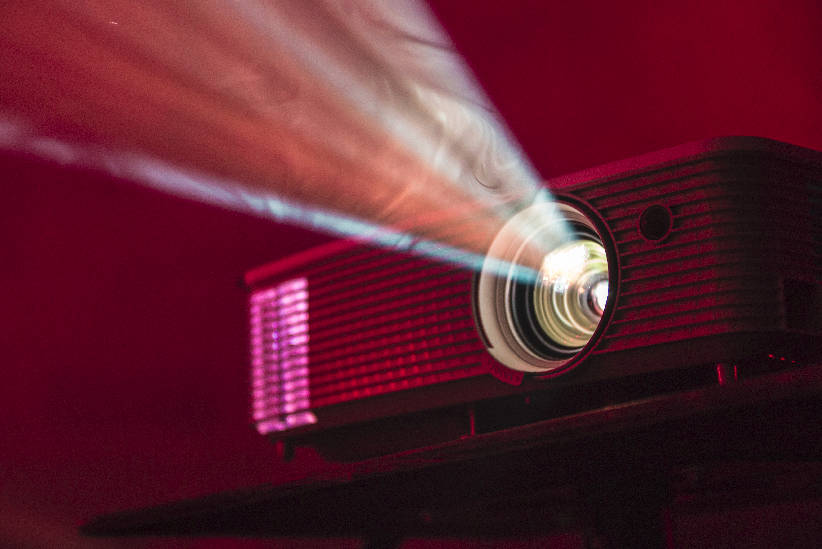In order to display images, projectors need a light source. Some use LEDs, while some use either lasers or lamps. Lamp projectors are the oldest and cheapest, variant. However, their bulbs contain mercury and offer a relatively short lifespan. Laser and LED projectors, on the other hand, are a newer technology. They’re also more eco-friendly natures and deliver higher lifespans.
Apart from the operating principles, what really separates LED, Laser, and Lamp-based in terms of the end-user. Here, we’re looking at a quick comparison between LED, laser, and lamp-based projectors and how they matter when you need to buy one for your business or home theatre system.

The bigger picture
When it comes down to it, there are some key factors that differentiate lamp and lamp-free projectors. Needless to say, price and brightness are the obvious aspects to consider. Being a well-informed customer does go a long way. At this juncture, important factors such as colour quality, power-up time, mechanical noise, and longevity come into play. Below are key factors to consider.
1. Lifespan
The lifespan of a projector’s light source is paramount. Lamp, laser, and LED projectors can approximately offer up to 10,000, 20,000, and 30,000-hour life spans respectively. However, it is helpful to remember that these life spans mentioned are indicative of the length of use, not the length of ownership. The actual run time of the projector lamp is what matters and not how long you have owned it. Perhaps it was underutilized.
2. Cost
When looking for projectors, the total cost of ownership (TCO) matters the most. Spending more money on better brands and models goes a long way in terms of value delivered by the product or harnessed by the customer. This goes beyond the initial sales number and considers potential repairs and replacements that may be needed in the product’s lifespan. Lamp projectors are affordable and popular with most buyers. On the other hand, LED and laser relatively expensive. However, the TCO in LED and laser-based projectors are better in comparison to lamp-based projectors.
3. Brightness
In display devices, the brightness level is of critical importance and plays a huger factor in the decision-making process. In projector technology, brightness is measured in ANSI lumens. The higher the number, the greater the brightness. Lamp projectors offer more than 2000 lumens, laser projectors offers upwards of 3500 lumens. LED projectors by nature of design can only offer a maximum of 2000 lumens brightness. However, many LED lamp projectors make up for this shortfall by offering higher quality image perception. This is due to improved colour saturation and luminous efficiency, which allows LED projectors to appear to have a higher image qualities then they may actually possess.

4. Colour Performance
Colour gamut refers to the spectrum of colours that can be identified by the human eye – a standard of which is displayed by any given visual product. Moreover, a visual display’s colour saturation indicates the intensity of those colours present in the gamut. When it comes to projectors, each variant — LED, laser, and lamp — all use the same colour standard, rec. 709. However, LED projectors are a step further, with the ability to offer colour saturation up to 125% of the norm.
5. Power-up times
The different projector types differ in their ability to turn on as fast as possible. LED and laser projectors offer instant on/off capabilities. Lamp-based projectors are slower and can take a few moments to light up or power down.
6. Size & Sound
This is why size and machine/mechanical sound are important yet underlooked factors considered when buying a projector. Lamp-free projectors take the lead here by a huge margin. LED projectors offer compact designs and lower machine sound. Laser projectors have thermal elements that are slightly larger and noisier. Lamp projectors find a middle ground in terms of size.
When it comes to making a decision between a lamp-based and lamp-free projectors, the final choice rests in your hands and factors such as your application and budget constraints.
(Image courtesy: www.nfgd.nl)
For more information on integrating projectors in your home or business,
Contact Actis at 022-30808080 or at contact@actis.co.in.


